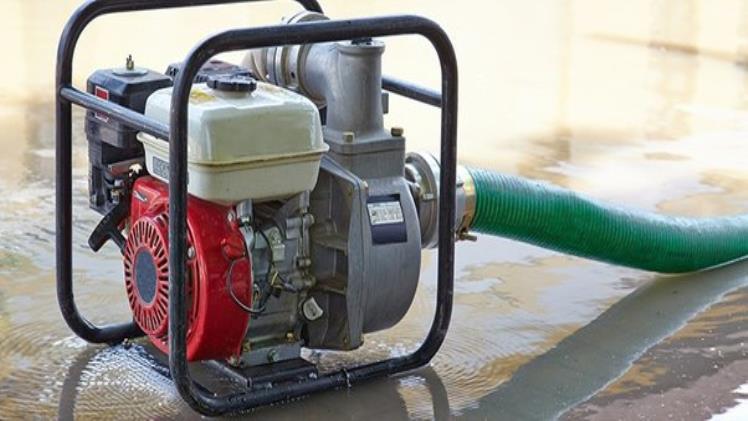Water pumps refer to machines moving water at a faster rate than normal. They are used with a variety of irrigation forms, among them; sprinklers, hoses, and drip irrigation. Water pumps have a wide range of electric to manually operated pumps.
In this article, we will discuss the different types of water pumps available in the market, as well as some of the factors to consider before buying one.
Water is drawn into the inlet side of the pump, troop a hose pipe is dipped in the water and lowered to avoid floating. The water always moves from an area of high pressure to an area of low pressure. The components of the pump facilitate this.
The following are different types of water pumps and how they work;
Impeller pumps
These pumps utilize a turbine that forces water through a certain system, allowing water ejection from the water pump at very high pressure. They are powerful pumps that can also be utilized at low power levels.
Moreover, they contain an impellor, a rotating disc made of iron with vanes for rotating and attached to a centrifugal pump. Energy is always transferred from the motor that drives the pump to move the water by accelerating it through center rotation, making it an affordable machine and worthwhile for small-scale and large-scale farming.
Jet pumps
In this pump, the impellor spins like a jet, making the name. Because the water is frequently driven by an electric engine that turns the jet turbine, it acquires a pressure that is much higher than atmospheric pressure.
The jet pump is among the best irrigation water pumps for sale in Kenya, considering that it uses electricity, becoming cost-saving. It also has an option of using gasoline, making it the best in the market since it will survive in any environment and satisfy all the consumer’s needs.
Manual pumps
From the word manual, the machine has a lever. The handle is pushed down to generate a vacuum which shuts down a valve on a spout, causing water to flow to the machine, which could be a well or a river depending on the user’s location.
When a user pushes the lever, the water pressure closes the valve, preventing the water from flowing back to its source via the horse pipe and opening the spout to allow water to flow.
Centrifugal pump
They use closed impellors to move the water from the source through the generator to the farm or field. Water is always brought through a pipe, which is centrally placed and a centrifugal force generated by the pump pushes it out to the end.
Once water gets to the pipe’s end, the water behind the column forces it through the outtake, ensuring a continuous column of water supply. Depending on the company’s design, centrifugal pumps have their energy from either gasoline or electricity.
Conclusion
This article defines the various considerations to make while choosing the different forms of water pumps; hence it can be of great importance and reference.

